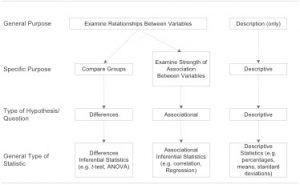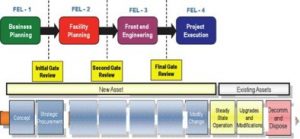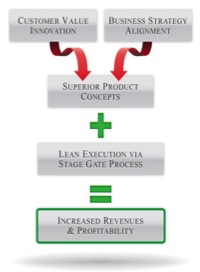Survey research is an observational study mode in the social sciences that gathers information from respondents through the application of a questionnaire, with the purpose of making inferences about the population respondents belong to (Babbie, 2010). This method is usually preferred when the unit of analysis is the individual person; however, it is also widely used for studies that involve groups or organizations, such as markets or companies. Surveys are observational rather than experimental because their intent is to capture information without influencing the unit of analysis. Survey research is an effective way to collect data because the observation can be carried out indirectly – the researcher does not need to be physically with the respondents, instead, it may be self-administered. Additionally, only a sample of the total population can be observed to make inferences about the whole, as long as the sample is randomly selected. It is considered as a quantitative method: its purpose is to make inferences about the population the respondents belong to. Here, the respondent is the individual person that provides data by answering the survey questionnaire.

Goals of Research Survey
Survey researchers may have one or multiple goals to conduct a study. According to the nature of these goals, studies can be classified as exploratory, descriptive, explanatory or a combination of these. Exploratory studies are conducted when the researcher is interested in increasing his understanding of the relevance of a topic to a given population, or to assess the feasibility of conducting a larger study. Descriptive surveys are designed to describe the characteristics and behaviors of the population. Explanatory surveys area carried out when there is an interest in understanding why things happen (Vaske, 2008).
In order to achieve this objectives, survey researchers generally need to complete following phases:
- Specifying the research questions and hypothesis
- Design the survey and the implementation plan (i.e. survey methodology)
- Collect and analyze data




